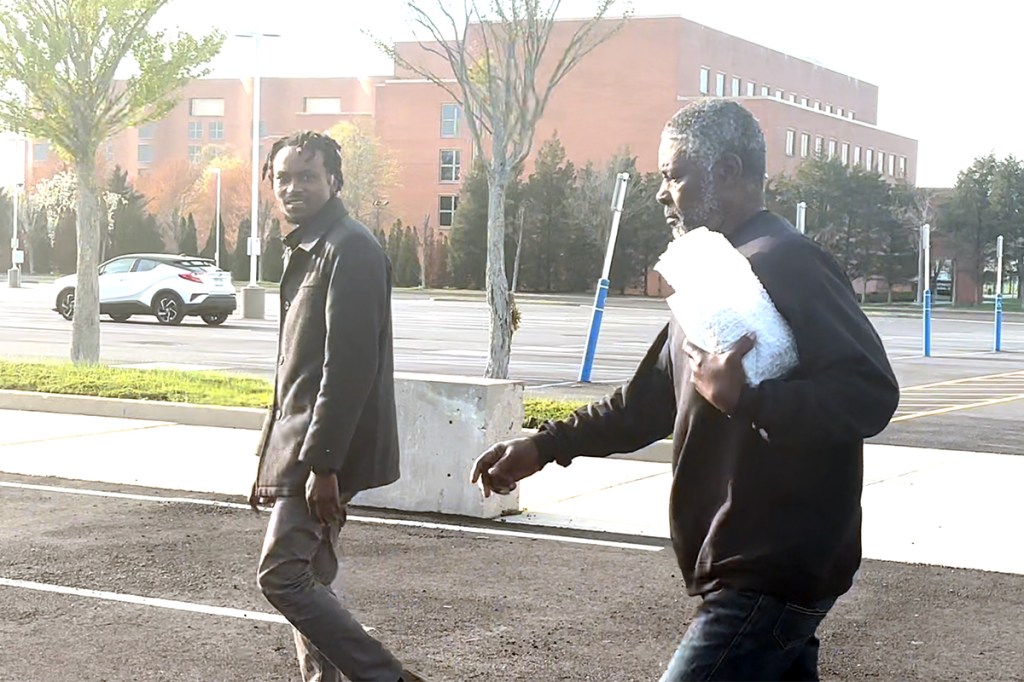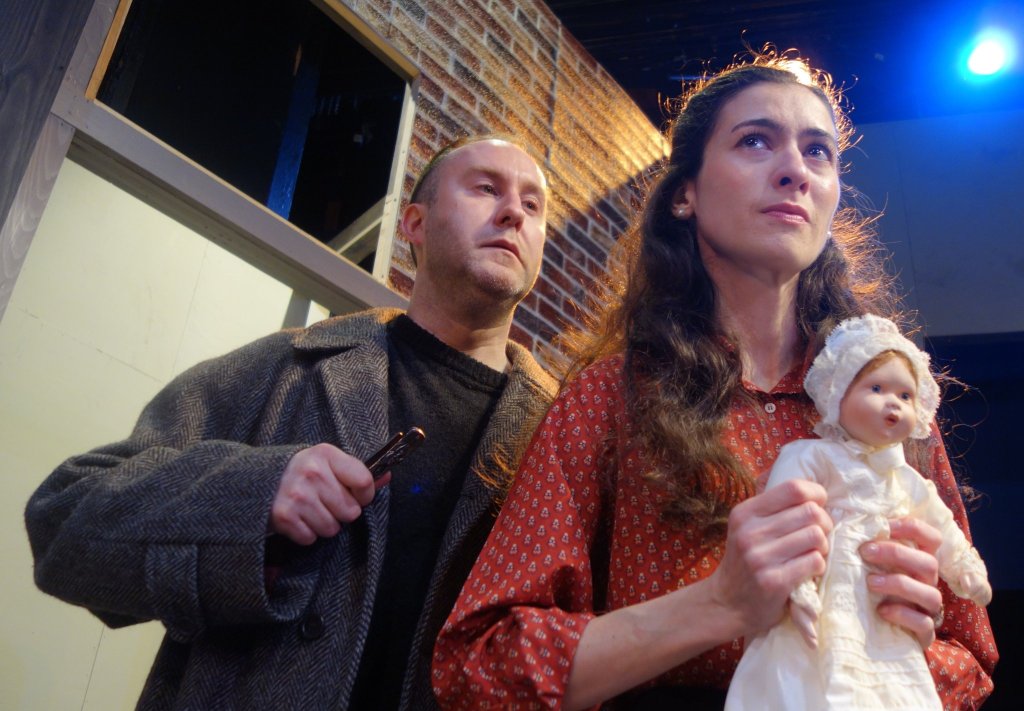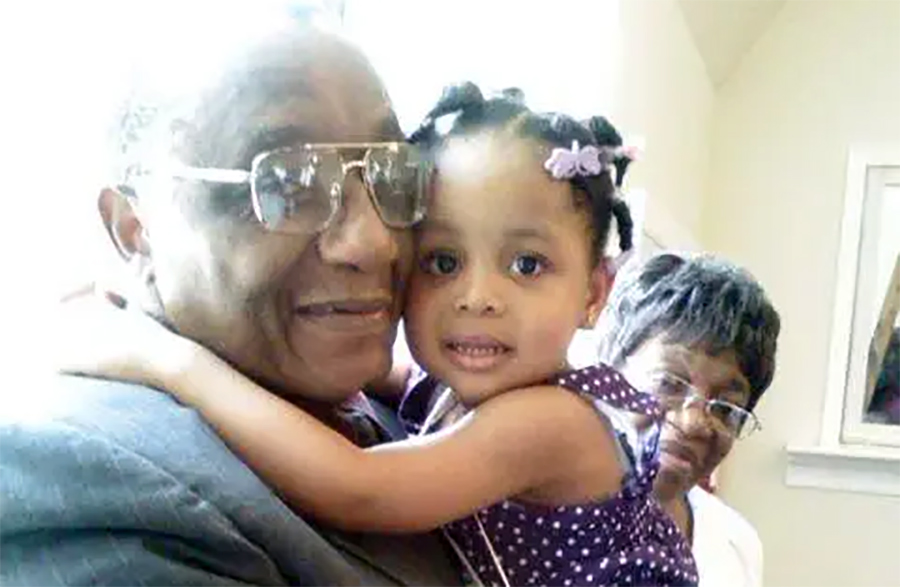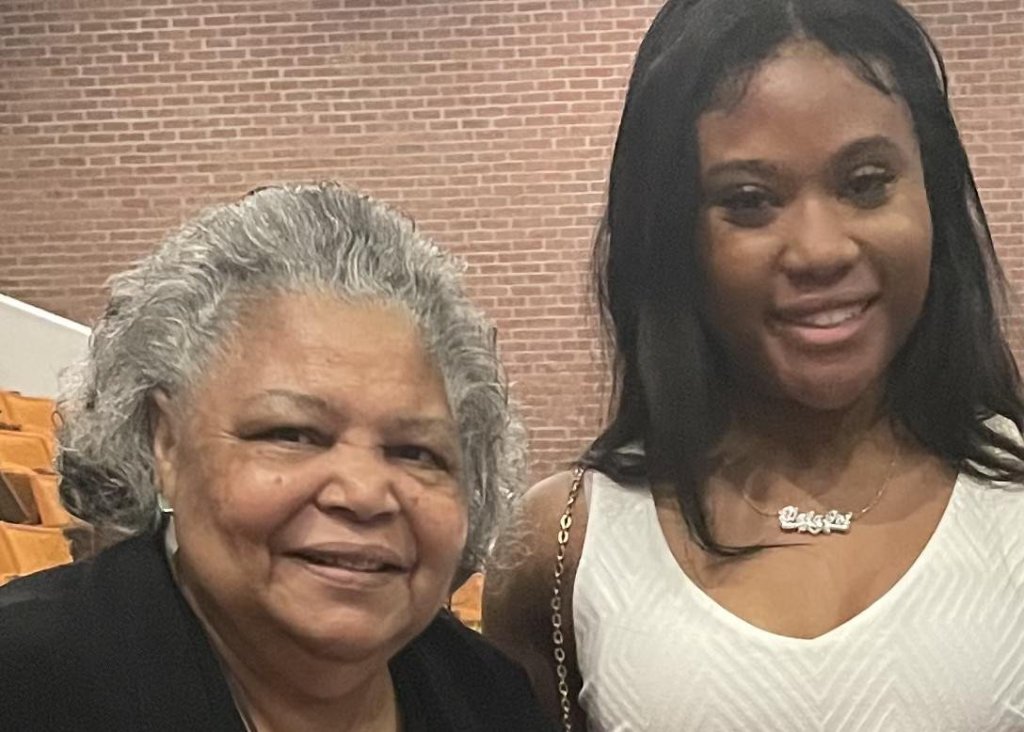Census Citizenship Question Opposed
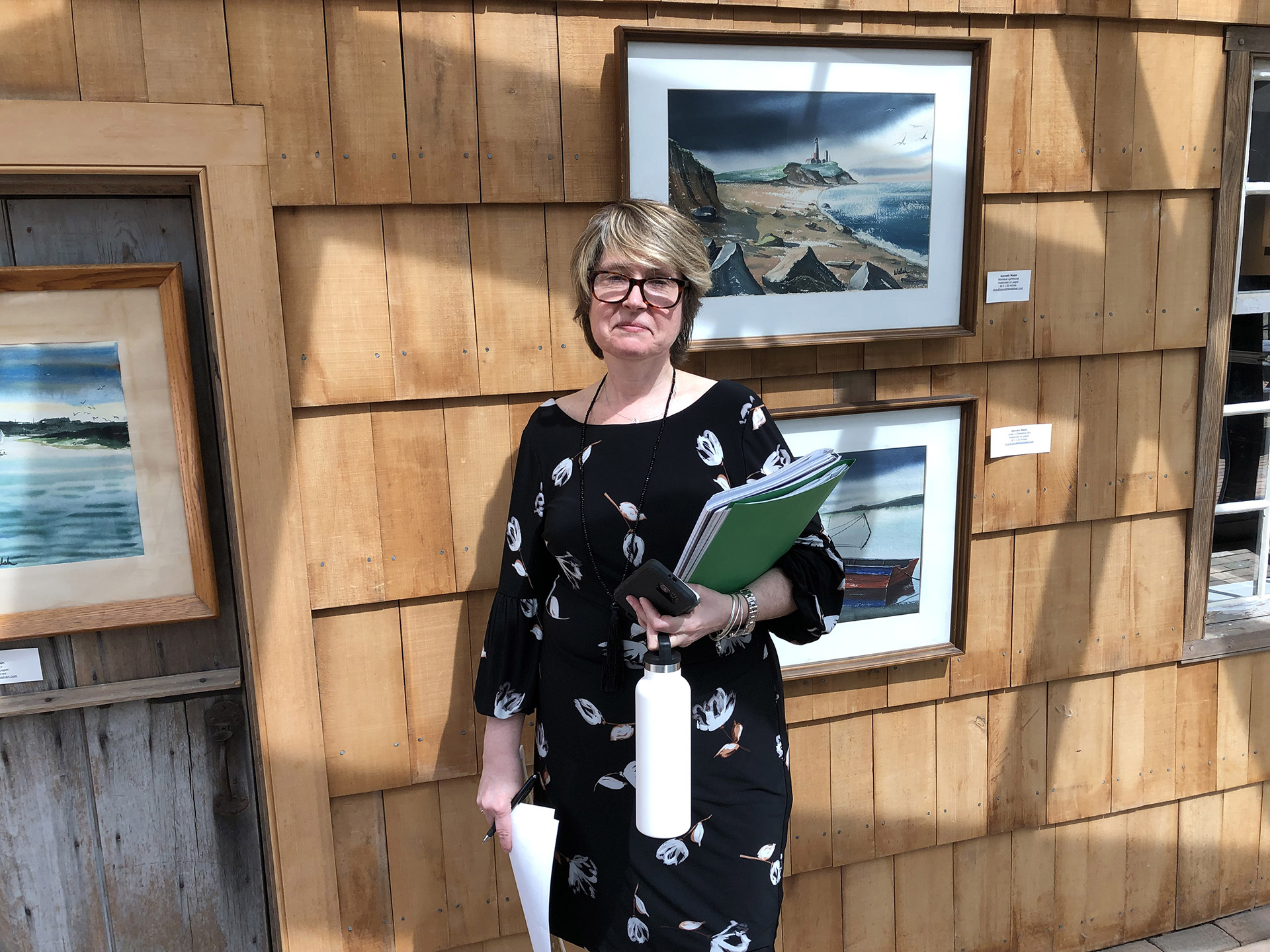
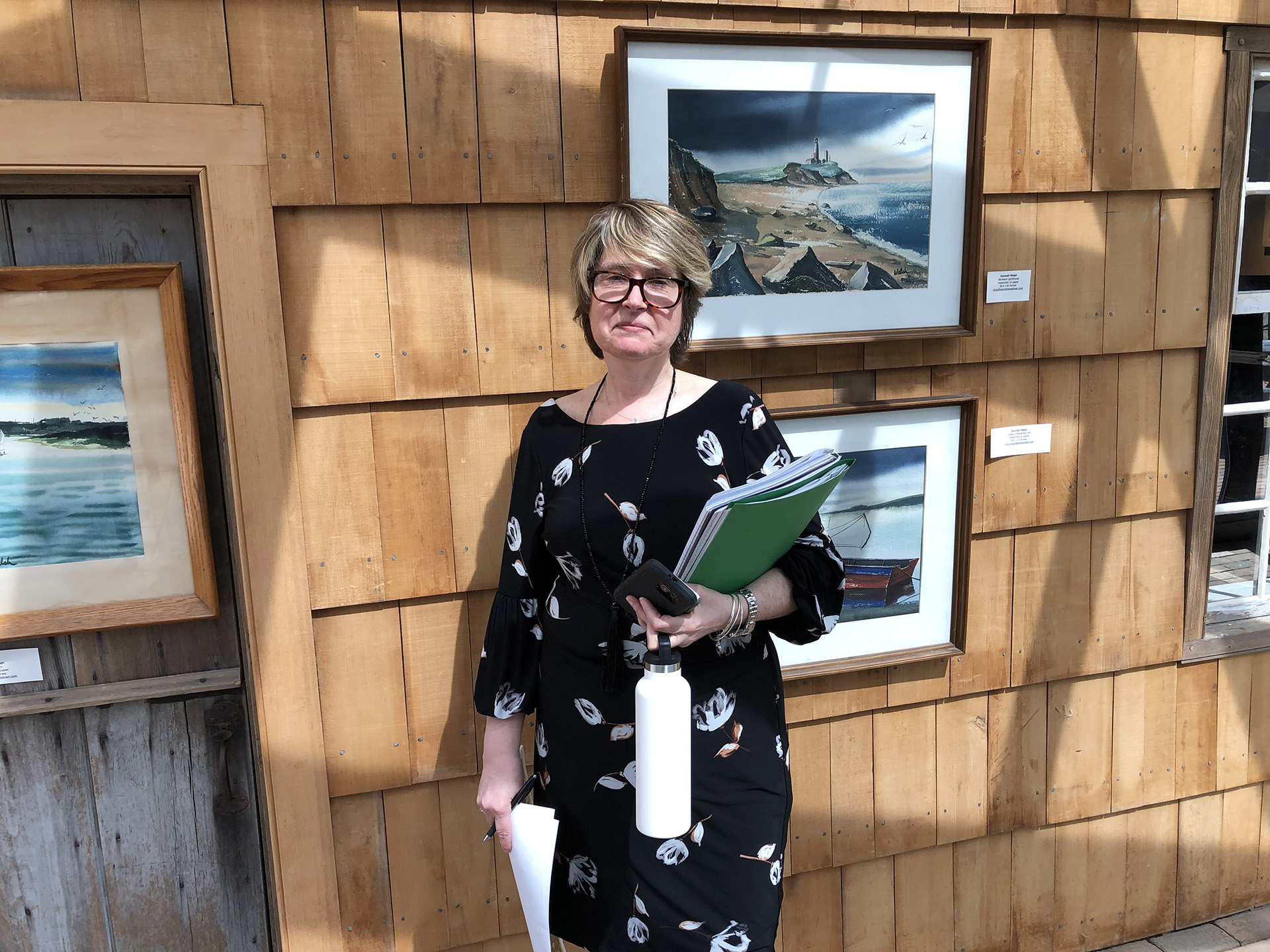
T. E. McMorrow
Four local politicians have signed onto an amicus brief being presented to the United States Supreme Court in an effort to stop President Donald Trump’s administration from adding a question at the end of the United States 2020 Decennial Census form. The inserted question asks whether the person being counted is a citizen of the United States.
Last year, Commerce Secretary Wilbur Ross announced the question, which hasn’t been asked on a census since 1950, would be put on the form. The Census Bureau is run out of the Commerce Department.
Critics were quick to attack the insertion of the question, claiming that it was done to suppress the count of non-citizens who live in the United States, and thereby skew the count toward areas that are lower in non-citizen populations.
The four local politicians whose names appear on the copy of the brief obtained by The Independent are East Hampton Town Board Councilwoman Kathee Burke-Gonzalez, East Hampton Town Supervisor Peter Van Scoyoc, Suffolk County Executive Steve Bellone, and State Assemblyman Fred Thiele.
Every 10 years, a counting of every single person living in America, no matter what their legal status in the country is, is required by the U.S. Constitution.
Each census takes over a decade of planning. Even though Trump is now president, the 2020 census is at least partly, if not largely, the creation of the Barack Obama Commerce Department. By inserting the question, critics argue, the Trump administration is throwing a wrench into the workings of what was already in place for the 2020 count.
A memo from Ross, dated March 26, 2018, states that consideration for insertion of the citizenship question was presented to him by the Department of Justice, then headed by Jeff Sessions, on December 12, 2017.
In the memo, Ross wrote that “neither the Census Bureau nor the concerned stakeholders could document that the response rate would in fact decline materially” if the question was added to the form.
In an April 20 press release. Burke-Gonzalez stated, “Yesterday, I proudly joined 190 bipartisan state and local elected officials and municipalities around the country in challenging the addition of a citizenship question to the 2020 census.”
In January of this year, Justice Jesse Furman of the United States District Court in Manhattan found for the opponents of the question, ruling that, in adding it, Ross had violated numerous Federal rules. He also points out in his decision that the Justice Department even refused to meet with Census Bureau officials to find an alternative to placing the question on the form.
The Justice Department requested from the Supreme Court, an expedited hearing on the issue, which the court granted. The court will hear the case on April 23, with a decision expected by late June. The deadline for the Census Bureau to begin printing the census form is July 1.
In her release, Burke-Gonzalez added, “Public testimony was uncontroverted in determining that the addition of a citizenship question in the 2020 census will lead to an inaccurate census count, with the population count being depressed among already hard-to-count populations, including but not limited to households with noncitizens,
immigrants and communities of color.”
The impact, however, is even broader than that, according to Minerva Perez, the executive director of Organización Latino-Americana of Eastern Long Island, known as OLA. Residents of Southampton and East Hampton, whose roots in the community go back 10 generations or more, will be just as severely affected by an undercount of the immigrant population as the immigrants themselves, she said. The allocation of $900 billion by the Federal Government is based directly on the numbers obtained in the census.
A lesson from history in East Hampton drives home that point.
In 2001, when Edna Steck was the head of the town’s Department of Human Resources, the immigrant community in East Hampton Town was growing. Steck thought that all of the young people of East Hampton would benefit by the presence of a state funded youth bureau in the town. But when she applied for the funding, she was turned down.
The 2000 Census, as reported to Congress in December of that year, showed the town with a population of 19,719. In order for the state to fund a youth bureau in a town, at the time, the population had to be 20,000 or more. The town was 281 residents short, at least according to the Census Bureau’s official head count in 2000.
Fear in the vulnerable immigrant community is common. Perez believes that the Trump administration is deliberately stoking that fear. “The damage is almost already done,” she said. Just proposing to ask the question, Perez says, is pushing undocumented immigrants further underground. The proposed question, Perez said, “is damaging to our small towns.” The damage the question does is not just to immigrants, Perez said, it causes “great damage to our local community.”
t.e@indyeastend.com
